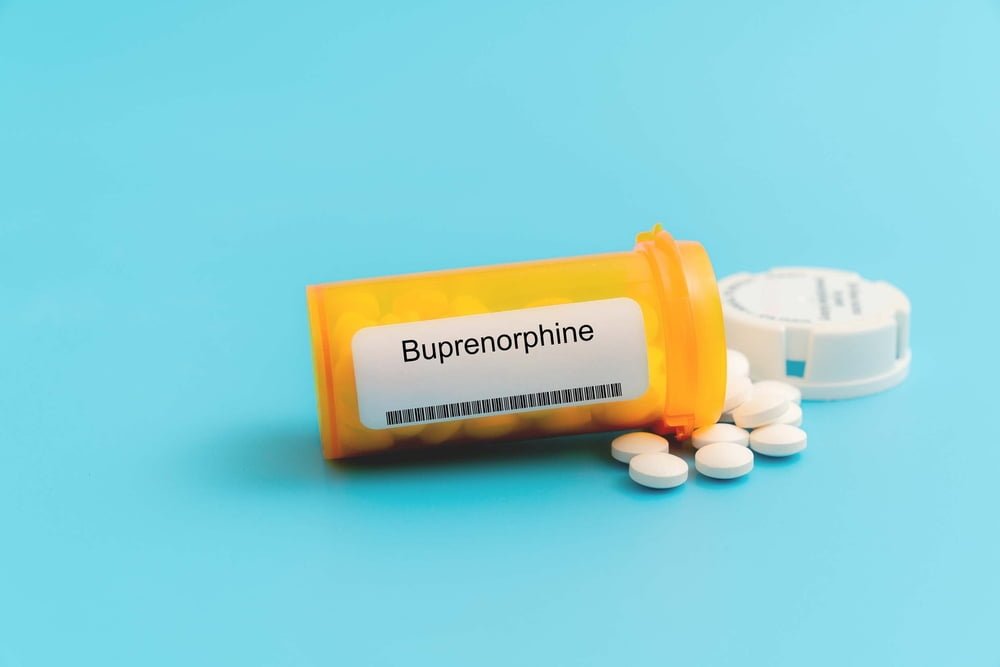
10 Minutes
Buprenorphine is a lifesaver for individuals recovering from opioid dependency or addiction. This medication is available in multiple forms, such as Subutex, Belbuca, and Suboxone, and works by successfully blocking the effects of opioids and gradually reducing the cravings to return to the drug. Meanwhile, buprenorphine also provides more time for an individual to adjust to the life of sobriety while solidifying recovery comfortably. For many people, detox medications like buprenorphine work very well in the short- and long-term to prevent relapses. For others, however, these safer alternatives end up triggering addiction themselves.
Since buprenorphine belongs to the category of opioids with mild properties and effects, the danger of dependency may gradually emerge, especially with its long-term use. Unfortunately, these long-term effects were not known to the FDA when it approved for use in 2002. Because of its very long half-life, buprenorphine can quickly build up in the system, contributing to the risk of a chemical dependency.
It is important to remember that not all buprenorphine addiction and withdrawal occur due to its use as a part of opioid addiction recovery assistance. Some people also use this drug illicitly to achieve a recreational high. Regardless of whether one uses buprenorphine legitimately or recreationally, addiction or dependency requires proper detox and treatment. This prompts a somewhat important question, “what are the common buprenorphine withdrawal symptoms and what to anticipate during its detox?”
FAQs
A UNIQUE METHOD TREATING Opiods
a successful and proven concept focusing on underlying causesOpiods TREATMENT LASTING APPROACH
0 Before
Send Admission Request
0 Before
Define Treatment Goals
1 week
Assessments & Detox
1-4 week
Psychological & Holistic Therapy
4 week
Family Therapy
5-8 week
Aftercare
12+ week
Refresher Visit
Opiods Insights
latest news & research on Opiods
Codeine Addiction Treatment
Many people may not know when it is the right time to seek treatment to treat codeine addiction. Others may believe their codeine addiction is not as severe as it seems
read more

































































